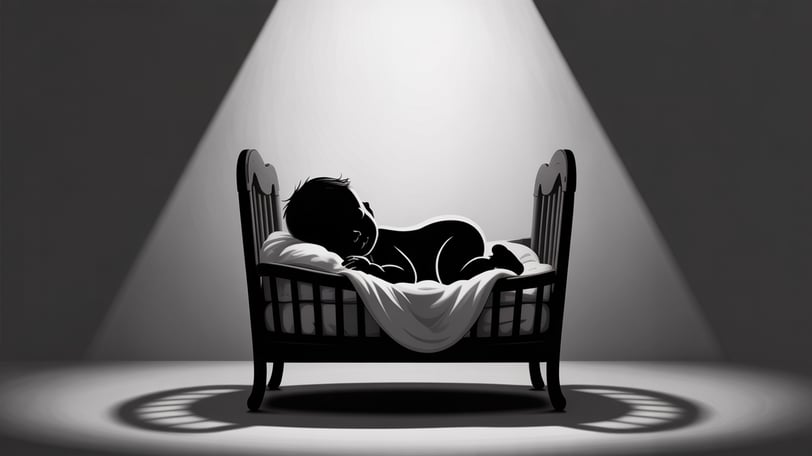The Pros and Cons of White Noise for Babies
Discover the pros and cons of using white noise for your baby's sleep routine in this concise guide. From soothing comfort to potential sleep disruptions, learn how white noise can impact your baby's rest and well-being.


In the quest to help babies sleep better, white noise has emerged as a popular solution for many parents. The soothing, consistent sound has been likened to the comforting environment of the womb and is believed to promote better sleep by masking disruptive noises and creating a calming atmosphere. While white noise can indeed be effective in helping babies settle down and stay asleep, it's essential for parents to weigh the pros and cons before incorporating it into their baby's sleep routine. In this comprehensive guide, we'll explore the various aspects of using white noise for babies, including its potential benefits, drawbacks, and best practices.


The Pros of White Noise for Babies
1. Soothes and Comforts
White noise has a unique ability to soothe and comfort babies, mimicking the gentle, rhythmic sounds they experienced in the womb. This consistent background noise can create a sense of security and familiarity, making it easier for babies to relax and fall asleep.
2. Promotes Better Sleep
Many parents report that white noise helps their babies fall asleep faster and stay asleep longer. By masking other noises in the environment, such as traffic or household sounds, white noise can create a more peaceful sleep environment conducive to restful sleep for both babies and parents.
3. Blocks Out External Noise
In households with noisy siblings, barking dogs, or urban environments with constant ambient noise, white noise can be a valuable tool for blocking out disruptive sounds that might otherwise wake a sleeping baby. This can be particularly helpful during nap times or at night, when a quiet environment is essential for restful sleep.
4. Establishes Sleep Associations
Using white noise consistently as part of a baby's sleep routine can help establish positive sleep associations. Over time, the sound of white noise becomes a signal to the baby that it's time to sleep, making bedtime and naptime transitions smoother and more predictable.
5. Portable and Convenient
White noise machines or apps are typically portable and easy to use, making them convenient for use at home or while traveling. Parents can adjust the volume and sound settings to suit their baby's preferences and sleep environment, ensuring a consistent and reliable sleep aid wherever they go.


The Cons of White Noise for Babies
1. Dependency on White Noise
One potential downside of using white noise is the risk of creating a dependency on it for sleep. If a baby becomes accustomed to falling asleep only with white noise, they may struggle to sleep without it, leading to challenges when traveling or during periods when the white noise machine is unavailable.
2. Potential Hearing Damage
Exposure to loud or prolonged white noise can potentially damage a baby's delicate hearing. Parents must use white noise machines at a safe volume and duration to avoid any adverse effects on their baby's hearing development.
3. Disrupted Sleep Cycles
While white noise can help babies fall asleep faster, there is some concern that prolonged exposure to white noise throughout the night could disrupt their natural sleep cycles. Some babies may become reliant on the continuous sound, preventing them from entering deeper stages of sleep.
4. Masking Important Sounds
While white noise can block out disruptive noises, it also masks important sounds that parents may want to be aware of, such as their baby crying or signaling hunger. This could potentially delay response times and make it more challenging to attend to their baby's needs promptly.
5. Overstimulation
In some cases, white noise may overstimulate rather than soothe a baby, especially if the volume or frequency of the sound is too high. This could lead to difficulty settling down for sleep or increased restlessness during sleep, ultimately undermining the intended purpose of using white noise as a sleep aid.
In conclusion, white noise can be a valuable tool for soothing babies and promoting better sleep, but it's essential for parents to use it judiciously and with caution. Avoid keeping the white noise on continuously during your baby's sleep, and monitor for any signs of dependency, discomfort, or overstimulation. By understanding the potential benefits and drawbacks of white noise and using it responsibly, parents can create a peaceful and supportive sleep environment for their little ones, setting the stage for healthy sleep habits and overall well-being.
